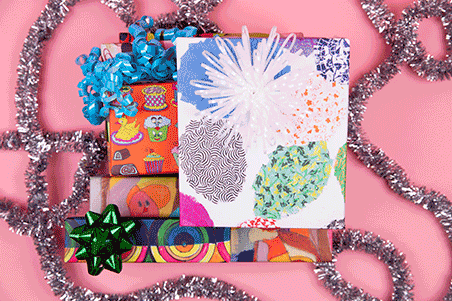Pulp Art
- Share via
In 1981, Jeff Nishinaka was chugging along at Pasadena’s Art Center College of Design painting, drawing and studying graphic design when a teacher’s remark changed his life. “He told me to be different from everyone,” says Nishinaka. “So I started experimenting with paper, and this clerk at an art supply store said, ‘Oh, you do paper sculpture?’ and I was like, ‘Is that what you call it?’ ”
Nishinaka did some research and found that paper sculpture as practiced in America is considered an illustration specialty. Distinct from traditions such as origami, the craft entails making intricate cutouts with an X-acto knife on artist grade paper. The artist curves the designs with a dowel, then layers them onto a background in three-dimensional forms.
Just before graduating from Art Center, Nishinaka met master paper sculptor Leo Monahan of Woodland Hills at a design conference in Utah. Monahan encouraged him to hone his craft, becoming a mentor after the two realized they lived just 15 minutes apart. “I think he wanted to keep an eye on the competition,” says Nishinaka.
Nineteen years and more than 500 works later, Nishinaka, 43, is one of “six or seven” paper sculptors in the U.S. working regularly. The South-Central-L.A.-reared artist works full time on about 20 pieces a year for corporate clients and private collectors such as Jackie Chan, who owns more than 20 of Nishinaka’s highly detailed, clean-lined pieces. Other commissions include advertising and prom- otional pieces for Sesame Street, the Grammys, 20th Century Fox and Visa. A significant number of orders come from clients in Japan, Germany and Austria.
Nishinaka’s home studio in L.A. is filled with used blades, old blueprints, scattered cutouts of heads and bodies. He uses archival Strathmore paper, X-acto blades and Elmer’s glue (purchased by the gallon). “I’m pretty low-tech,” the artist says. A single piece can take weeks, and the craft has its hazards: Other necessary supplies include Scotch tape for blistered fingers and Super Glue to close bleeding cuts. One particularly taxing commission was a 20-foot-tall apple tree for a Tokyo hotel that had to be installed above a drained fountain. “It was still damp so I had mold growing on my shoes,” Nishinaka says. “I lost seven pounds.”
But would he return to the more conventional art forms he studied 20 years ago? Not likely. “I still have dreams of painting, but if I were one of the thousands of painters in the world, I wouldn’t have the life I have now.”
More to Read
The biggest entertainment stories
Get our big stories about Hollywood, film, television, music, arts, culture and more right in your inbox as soon as they publish.
You may occasionally receive promotional content from the Los Angeles Times.










